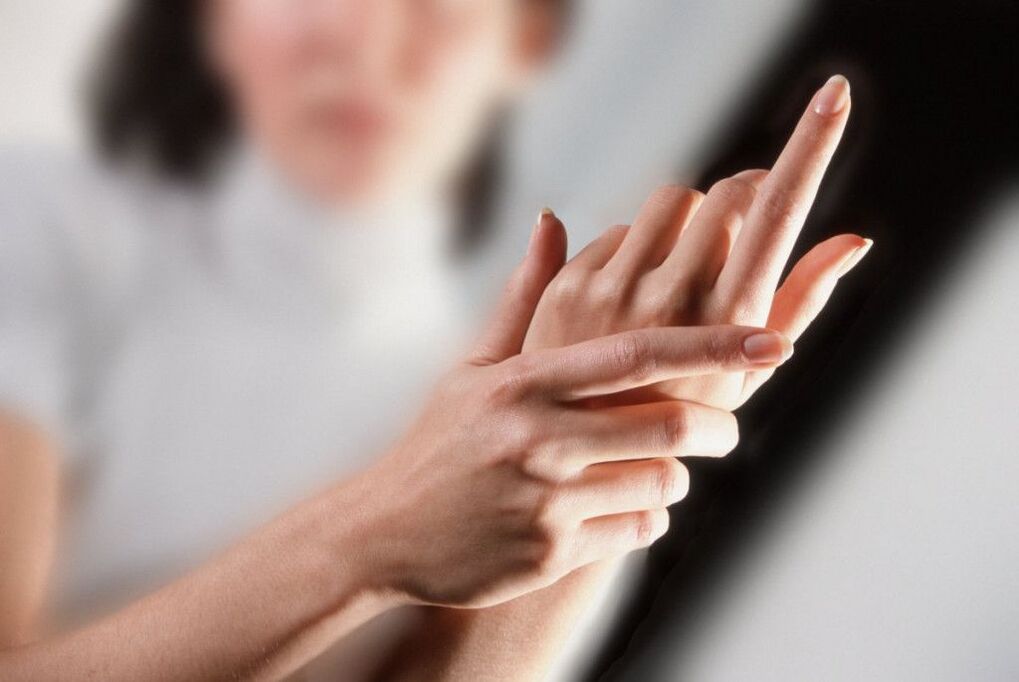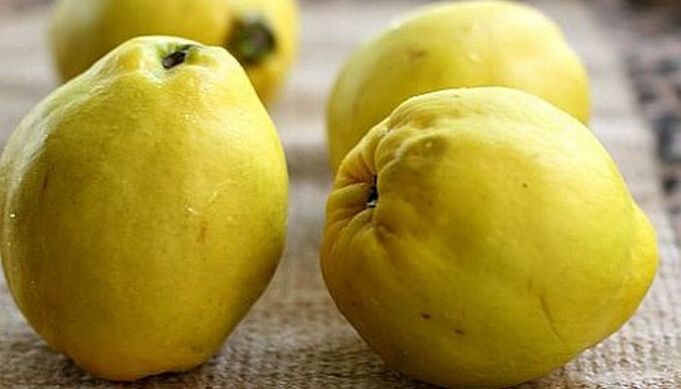
Of all the parts of the body, the movements of the human hand are the most diverse. Dynamic activity is related to various manipulations.
From everyday movements to the creation of objects of creativity - everything is related to the activity of the hands. Because of the important participation of brushes in human life and work, their health is of great importance.
Often people feel pain in the joints of the fingers, the motor function of the fingers is impaired. In the presence of such symptoms, medical assistance should be sought to identify the cause and prescribe subsequent treatment for the pathology.
Irreversible processes in the body become the cause of various diseases with age. Therefore, if you experience painful feelings, consult a doctor.
Causes of pain
Joint pain appears in the hands for a variety of reasons. It most commonly occurs as a result of traumatic injuries.
The tissue around the joint can be damaged. The transition of diseases to chronic forms contributes to deformation changes. As a result, the possibility of full or complete movement is interrupted.
The causes of pain in the finger joints are:
- Arthritisan inflammatory disease that affects the joint surfaces and surrounding tissues. A rheumatic process or autoimmune disease results in an abnormal lesion in the connective tissue or other tissue of the joint area. Arthritis usually affects groups of joints. Isolated inflammation is extremely rare. The disease is characterized by the symmetry of the inflamed joint areas. The distinguishing feature of pathology is pain in movement and rest.
- Rheumatoid arthritis- the disease is contagious-allergic in nature. One feature of the pathology is the appearance of foci in the small joints of the bones. Swelling of the tissues leads to compression of the nerve fibers, which causes pain. The disease develops suddenly. Restriction of movement is accompanied by redness and decreased motor activity.
- Arthrosis- progressive deformation of joint surfaces. Stiffness when trying to move is combined with pain in the symmetrical joints of the fingers of the hand. Timely treatment can lead to the patient's disability.
- GoutDisease associated with metabolic disorders. The chronic process continues with periods of exacerbation, during which the deterioration of the condition occurs sharply. Acute pain is combined with edema and hyperemia over the diseased joint. The thumb suffers first, later other joints are also involved in the pathological lesions.
- Stenotic ligamentitis- inflammation of the ligaments of the fingers. Damage to the ring bands causes pain in the fingers.
- Risarthrosissevere stress or squeezing of the thumb joint.
- Osteoarthritis- deformation change in the joints of the fingers due to the destruction of the cartilage ball of the joints. Exacerbation of pain occurs after stress in the diseased joints. Immobilized joints do not hurt.
- Osteomyelitis- damage to bone tissue and bone marrow. Necrotic and purulent lesions develop not only in the bones but also in the joints. Open injuries to the bones can allow the bacterial flora to penetrate the wound and form pus and destroy the bone. However, joint pain is complemented by symptoms of general intoxication.
What to do if the joints of the fingers hurt? How to treat?

To determine the treatment regimen, the factor that led to the development of the disease must be determined. Three main groups of drugs are used to affect the joints involved:
- Non-steroidal anti-inflammatory drugs, when used, stop the biochemical cascade of inflammatory reactions.
- Glucocorticoids have a pronounced anti-inflammatory effect. The funds will be used for general and local therapy. It is indicated to be injected directly into the center of inflammation.
- Immunosuppressants are essential drugs used as anti-rheumatic analgesics.
There are folk recipes to relieve joint pain without the use of expensive drugs:
- To prepare the anesthetic broth, dig up the burdock root in spring or fall. The peeled and dried roots are crushed and stored in a tissue bag. Cook two tablespoons of roots in a glass of water. The prepared broth is drunk three times a day.
- Quince relieves joint pain well. Mix the freshly squeezed juice with the barley flour in equal proportions. Porridge is applied at night to inflamed joints.
- Drink a decoction of dry celery three times a day.
- A mixture of honey and vinegar helps relieve acute pain. The mixture is placed on the sore spot and covered with wax paper.
- The use of ginger relieves joint pain caused by the inflammatory process.
Traditional medicine methods help in the early stages. In advanced and chronic cases, complex joint treatment is required.



































